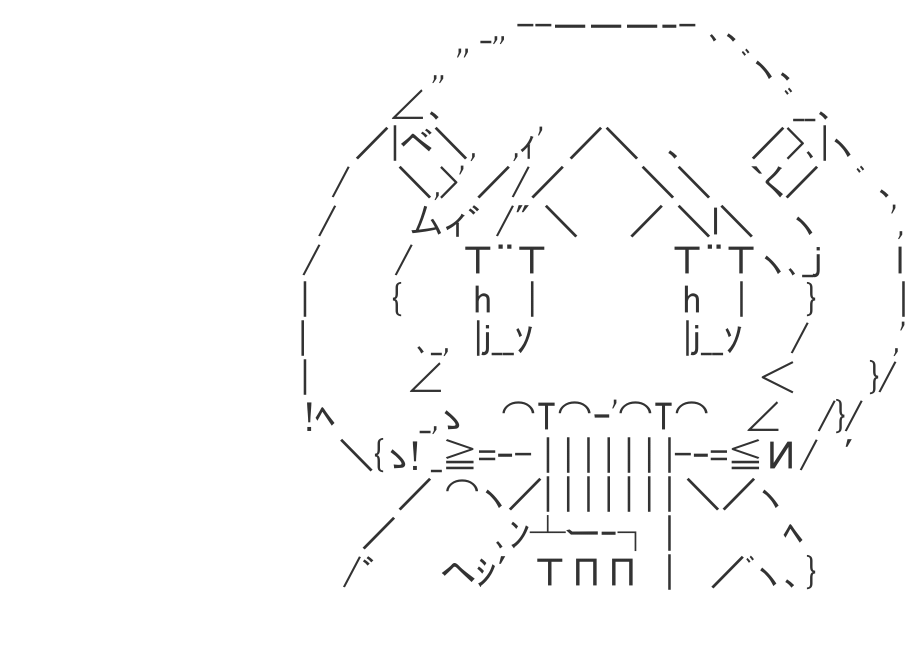

The income approach is the most complex of the three approaches because of the research, information and analysis necessary for an accurate estimate of value. In that case, your property could be valued according to its ability to produce income under prudent management in other words, what another investor would give for a property in order to gain its income. The “income approach” is the third method used if your property produces income such as an apartment or office building. Value of the land then would be added to arrive at a total estimate of the value. In the event improvement is not new, appropriate amounts for depreciation and obsolescence would be deducted from the replacement value. The second approach is the “cost approach,” and is an estimate of how many dollars, at current labor and material prices, it would take to replace your property with one similar to it. This method is generally referred to as the “market approach,” and is usually considered the most important in determining the value of a residential property. The assessor also uses sales ratio studies to determine the general level of assessment in a community, in order to adjust for local conditions. Local conditions peculiar to your property are taken into consideration. The first approach is to find the properties that are comparable to yours which have sold recently.

The assessor generally uses three approaches to estimate the market value of your property.


 0 kommentar(er)
0 kommentar(er)
